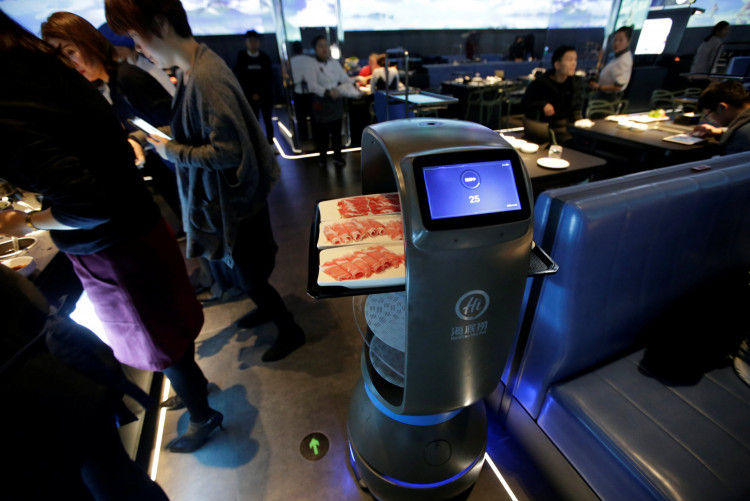A recently published study from the Boston Consulting Group (BCG) revealed that China is widening its global leadership when it comes to Artificial Intelligence. The study also revealed that China was able to achieve this feat due to the country's decision to focus on a core set of best practices that helped industries steer towards the adoption of AI. The United States, with its massive number of start-ups focusing on AI, came in second place.
At the head of China's Artificial Intelligence, core development is the New Generation Artificial Intelligence Development Plan. This plan was launched in 2017 and aims to deliver strong results and has become one of China's source of national pride.
The study entitled "Mind the (AI) Gap: Leadership Makes the Difference" was published earlier this month. The paper provides a close insight into how China became the global leader when it comes to Artificial Intelligence. The study focuses on China's key drivers of success in terms of Artificial Intelligence implementations. The results were derived from a global survey of more than 2,700 managers all across seven different countries.
Boston Consulting Group's study illustrated a few interesting insights into China's dominance in AI. Among these include the fact that 80 percent of Chinese companies are actively participating in the development or implementation of Artificial Intelligence. This strong adoption level can be attributed back to China's New Generation Artificial Intelligence Development Plan, which many experts believe help deliver strong results.
The study also revealed that China's AI dominance reaches multiple industries. BCG interviewed 500 companies and found out that China's AI Plan have made a significant impact in terms of cross-industry implementation of AI. Unlike the United States, China's effort to include AI in many industries is not concentrated into one or two particular industries.
The study also revealed that success in artificial intelligence can be traced back to technical infrastructure, execution speed and responsiveness, available skills, and support from senior management. This particular finding revealed why in the United States, the majority of those in AI development and implementation are start-ups.
Thanks to the United States' thriving start-up landscape, the country was able to snatch the second play when everything is ranked by share of active players. The study also revealed that 76 percent of U.S. companies are active players in AI development and that past implementation success rate is over 90 percent. Outside of the start-up landscape, AI adoption and success rates are varied.






